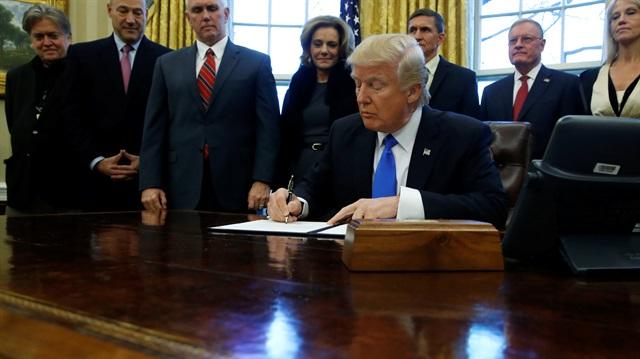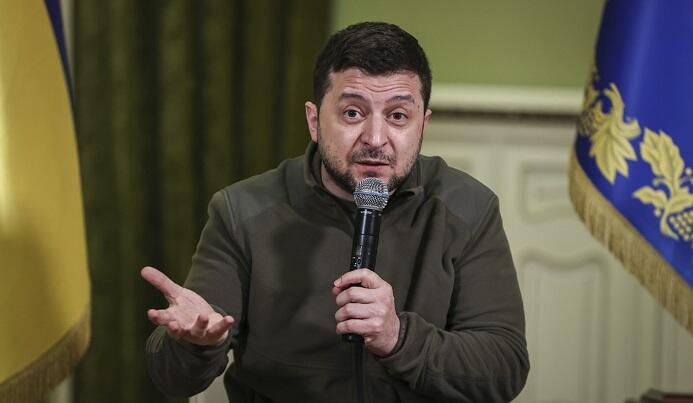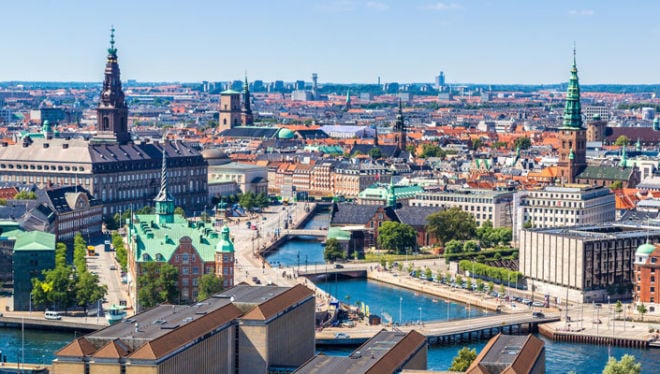What is it about a creative work such as a painting or piece of music that elicits our awe and admiration? Is it the thrill of being shown something new, something different, something the artist saw that we did not?
Axar.az reports citing Newsweek.
As Pablo Picasso put it:
Others have seen what is and asked why. I have seen what could be and asked why not.
The idea that some people see more possibilities than others is central to the concept of creativity.
Psychologists often measure creativity using divergent thinking tasks. These require you to generate as many uses as possible for mundane objects, such as a brick. People who can see numerous and diverse uses for a brick (say, a coffin for a Barbie doll funeral diorama) are rated as more creative than people who can only think of a few common uses (say, for building a wall).
The aspect of our personality that appears to drive our creativity is called openness to experience, or openness. Among the five major personality traits, it is openness that best predicts performance on divergent thinking tasks. Openness also predicts real-world creative achievements, as well as engagement in everyday creative pursuits.
As Scott Barry Kaufman and Carolyn Gregoire explain in their book Wired to Create, the creativity of open people stems from a “drive for cognitive exploration of one’s inner and outer worlds.”
This curiosity to examine things from all angles may lead people high in openness to see more than the average person, or as another research team put it, to discover “complex possibilities laying dormant in so-called ‘familiar’ environments.”
Creative vision
In our research, published in the Journal of Research in Personality, we found that open people don’t just bring a different perspective to things, they genuinely see things differently to the average individual.
We wanted to test whether openness is linked to a phenomenon in visual perception called binocular rivalry. This occurs when two different images are presented to each eye simultaneously, such as a red patch to the right eye and a green patch to the left eye.
For the observer, the images seem to flip intermittently from one to the other. At one moment only the green patch is perceived, and at the next moment only the red patch—each stimulus appearing to rival the other (see illustration below).
Intriguingly, participants in binocular rivalry studies occasionally see a fused or scrambled combination of both images (see middle frame, above). These moments of “rivalry suppression," when both images become consciously accessible at once, seem almost like a “creative” solution to the problem presented by the two incompatible stimuli.
Across three experiments, we found that open people saw the fused or scrambled images for longer periods than the average person. Furthermore, they reported seeing this for even longer when experiencing a positive mood state similar to those that are known to boost creativity.
Our findings suggest that the creative tendencies of open people extend all the way down to basic visual perception. Open people may have fundamentally different visual experiences to the average person.





















































